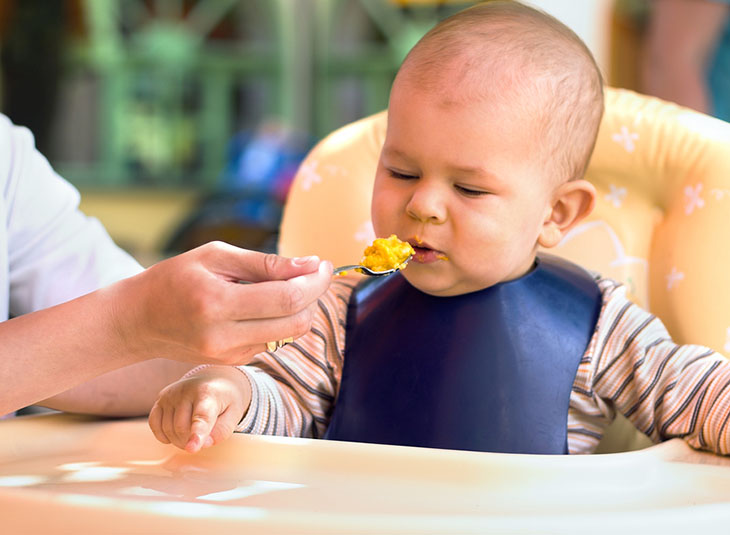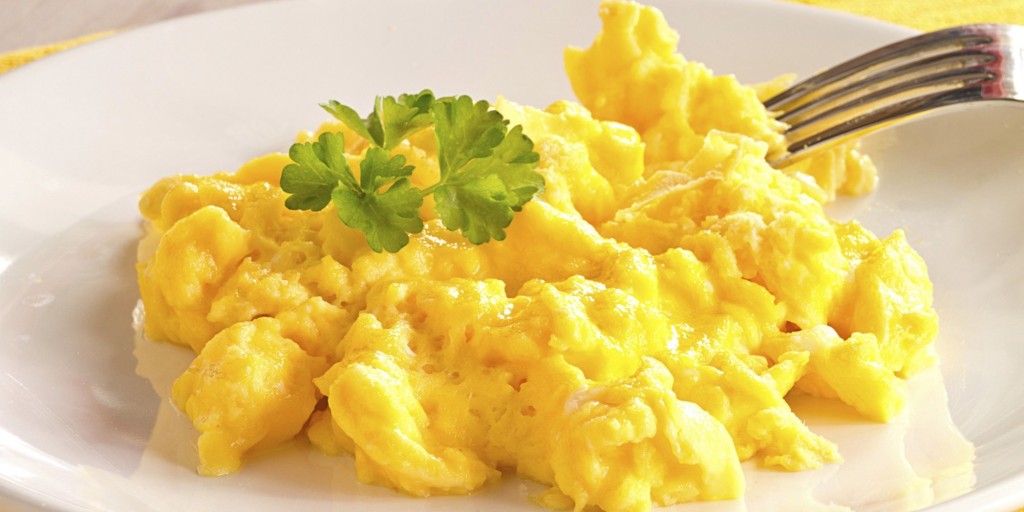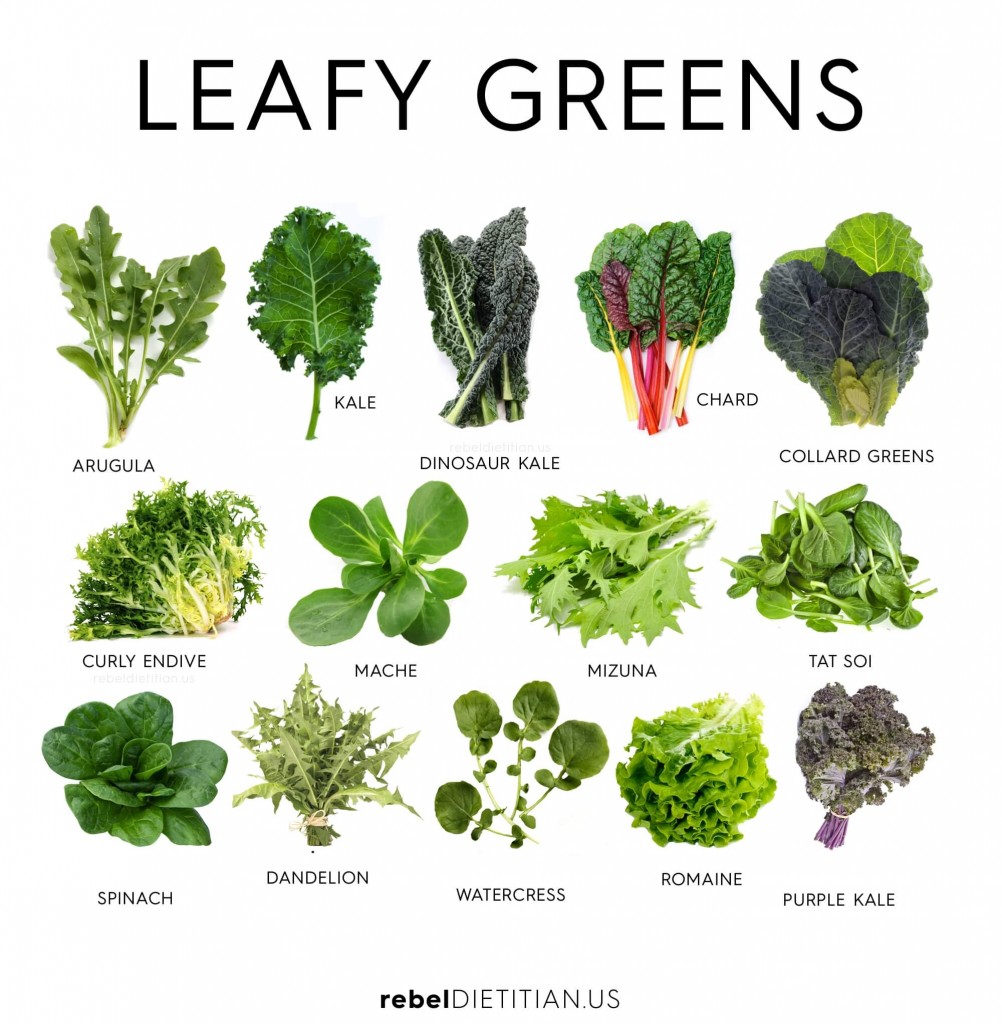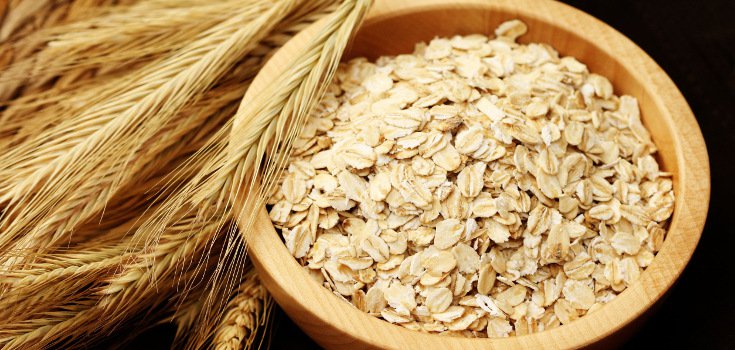
Experimenting with new solid food for babies is very like experimenting with baby food. You keep trying until your baby accepts the food or throws it on the floor. You want to try to encourage your baby to continue trying diverse types of food to promote healthy eating habits.
This article is a guest post. To read the author bio, you can find it at the end of this post.
Here are my top ten foods that I recommend you try to get your child to eat before their first birthday. Make sure to remember your serving sizes for your kids!
There are a lot of foods you should encourage your children to eat throughout their growth periods, but here is my list for them before their one!
Cut the potatoes into small cubes and boil until soft. Allow the potatoes to cool and arrange the cubed potatoes on a plate and set them in front of your child. Allow them to pick up the vegetables using their hands. Children learn their surroundings and information through touching and feeling their objects.
Potatoes are high in potassium, have some protein, and are a valuable source of Vitamin B-6 and C.
Scrambled eggs are a fun food to serve your child. These eggs squish in their hands, feel soft and fluffy, and taste good. They are bright in color and kids can engage with this food.

Scrambled eggs have protein, Vitamin A, D, and B-12, and gives your child a source of calcium and iron.
Salmon is a beautiful red color with a creamy flavor. Salmon should be cooked and slice thin when you serve it to your child. Try giving it to your child with light seasoning and watch them eat it.
Salmon is rich in healthy fats, potassium, and protein. Salmon is also a valuable source of Vitamin B-12, B-6, C, and Magnesium.
While children shouldn’t have cow’s milk before the age of one, soft cheese are a great alternative! Try pasteurized cheese, cottage cheese, and soft cheeses. For soft cheese, make sure to cut them into bite sized pieces.
These cheeses all have different nutritional values, but they are high in protein, calcium, potassium, and are a fun food for babies to eat.
Leafy greens are any leaf vegetables that can be eaten by themselves or with other foods. These make for fun foods and should be left raw. The leafy greens you give your child should be fresh.

Source: rebeldietitian.us
Leafy greens are very low in calories. These do provide an adequate amount of potassium and Vitamin C but are very rich in Vitamin A.
This is a cheesy noodle dish that children of all ages love. Give your child some of this cheesy goodness just to watch them play and enjoy it.
Mac N Cheese can also be good for your child by supplying calcium and iron, as well as potassium and protein.
Vegetables such as carrots, broccoli, cauliflower, zucchini, squash, and pumpkin are all vegetables that should be sliced or cubed and cooked until they’re soft. Place on a plate and allow your child to pick them up once they’re cool to the touch.
Vegetables vary in their nutritional values, but your child will benefit nutritionally from all the veggies listed above and gain healthy food habits from these vegetables.
Berries should be served raw and in tiny pieces. Melons, apples, and papaya should be cut into small squares. Grapes should be quartered, along with any round fruit. You want to lower the choking risk little to none.
Fruit is very healthy for your child, providing sugars that steady the blood sugar and vitamins benefit healthy growth and hearts.
Oats in cereal form and oatmeal are great ways to serve your child this food. You can try plain oats and work up to flavors or several types of oats, such as overnight oats, baked oatmeal, and so on. Oats don’t have to be boring.

Oats are amazingly rich in potassium, protein, iron and magnesium. Oats are also heart-healthy and benefit digestion and keep you energized throughout your day. What a great food for babies!
Cook the beef, slice it thin and cut in into squares. It should resemble strips of thick paper. Beef is a tasty option for children, and the color usually entices them into picking it up and playing with it, before eating it.
Beef is an excellent source of iron, Vitamin B-12, B-6, and healthy fats.
You might think about the foods you’re giving your child now. However, the foods you feed your child when they’re young will impact their lifetime eating habits. They may grow to like more things or could become a picky eater.
How does your baby react to new foods? What are some of your babies favorite foods?

Author Bio:
Shirley is the proud mother of two beautiful children. She has been writing informational blog posts for parents for a few years now and hopes she can help with your questions and concerns with parenting. You can visit her blog at ToptenStrollers or follow on twitter @shirley_ttsblog